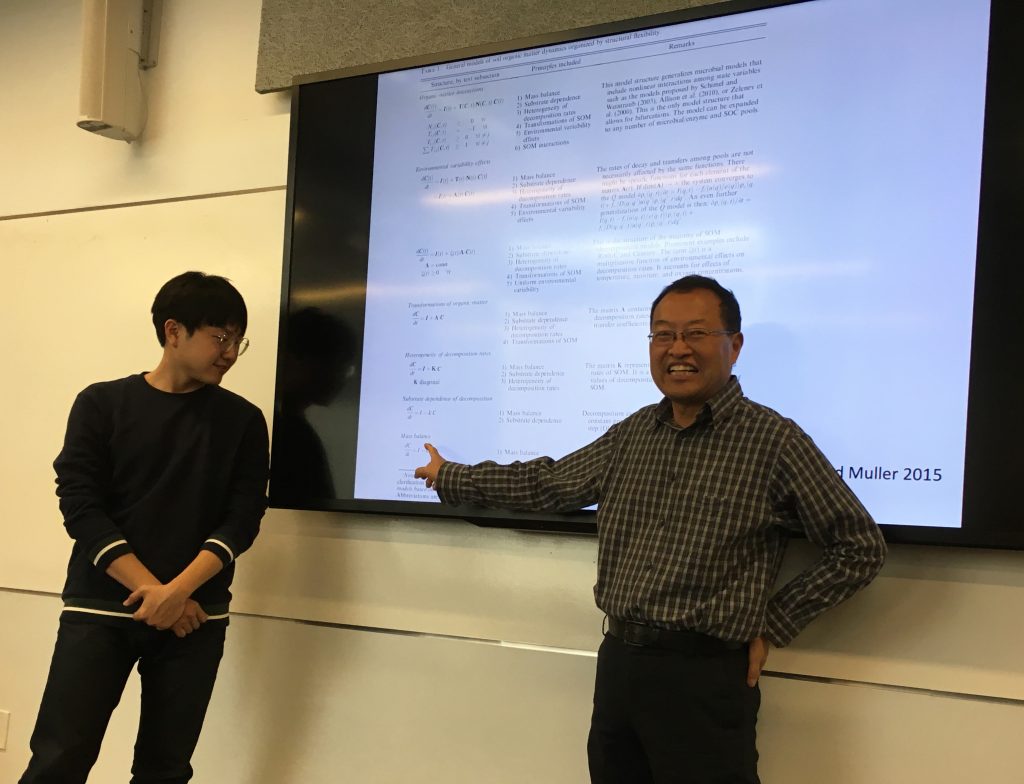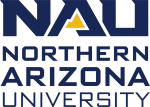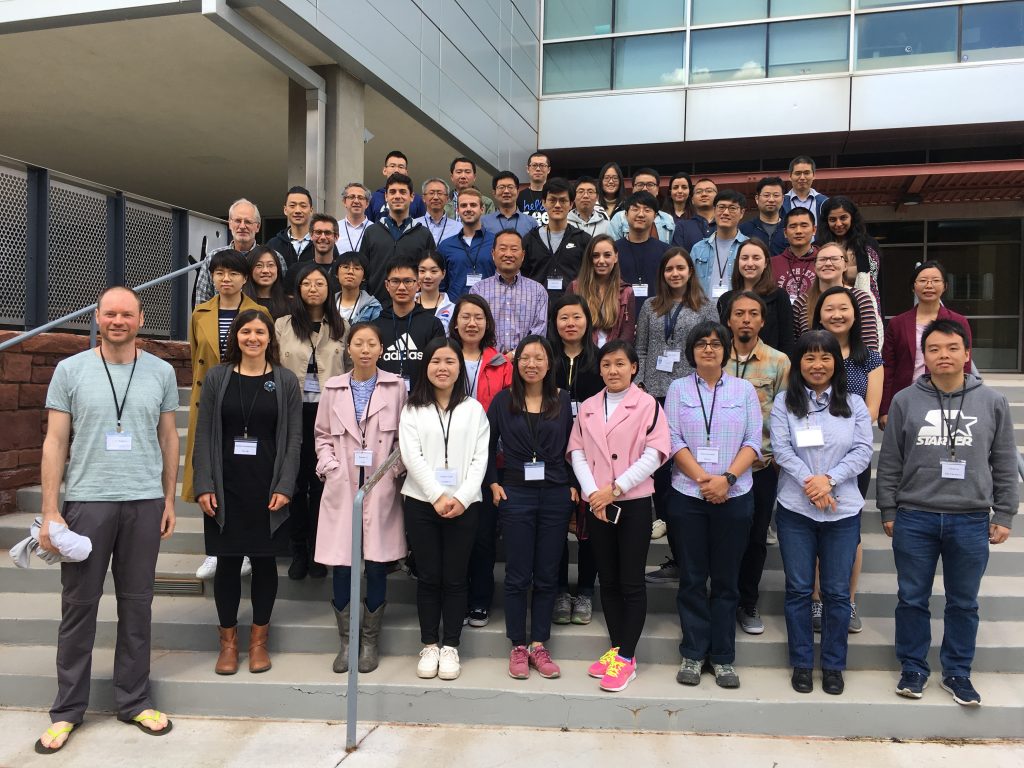June 10, 2019
On a planet that just hit an atmospheric carbon concentration of 415 ppm, accurately predicting where the carbon is going in the future has never been more important.
Much of what we know about where carbon will be on the globe in 12, 25 or 100 years is due to innovative predictive modeling tools like the ones researcher Yiqi Luo develops at Northern Arizona University’s Center for Ecosystem Science and Society (Ecoss). Many carbon cycle models, or computer programs that run equations to simulate earth processes and interactions, are written in the programming language Fortran and require time and enormous computing power to run. By teaching other modelers a faster “matrix approach” and data assimilation, Luo and his research group hope to accelerate the improvement of carbon cycle models used in universities and research centers across the globe.
So, as NAU classes were winding down this spring, Luo and his research group were powering up a high-intensity, two-week training course on carbon cycle modeling. More than 30 trainees from Finland, Denmark, Belgium, China, South Korea and Canada traveled to Flagstaff to learn new modeling skills in Luo’s course: “New Advances in Land Carbon Cycle Modeling.”
The short course, now in its second year, expanded to cover two new topics: ecological forecasting and data assimilation. Luo said his group expanded into these areas in order to make the course more useful for trainees working to improve their models’ predictions. And he was surprised by the response.
“The trainees learned these new modeling skills much faster than we expected,” Luo said.
In the modeling world, automated data assimilation is a gamechanger. Traditionally, a modeler would look at their modeling results, turn a few parameters, run the model again and hope it works. Rinse, repeat. With a system as complex as the global carbon cycle, this process can take a long time, assuming it’s even possible.
But with data assimilation, a model talks to a dataset automatically, runs and then feeds back to the data source gaps or needs for different variables in something much closer to real time.
The course itself was a collaborative effort: nearly 30 scientists, including faculty, staff and graduate student researchers from Ecoss and the School of Informatics, Computing, and Cyber Systems (SICCS) led hands-on practicums and lectures for the trainees.

After the first two days, the trainees were already making major gains. With a carbon flow diagram, which depicts how carbon moves from one pool to another in an ecosystem, they converted six models into matrix models each in less than 10 minutes. And in a field where model “spin-up” can take days, that’s a big deal.
“When ecology meets math, you get the matrix model,” said Ecoss researcher Lifen Jiang, who organized the course with Luo.
“The matrix approach is mathematical magic,” said Bruce Hungate, who directs Ecoss and worked with this year’s class of modelers. “It makes running a model simpler, faster, better.”
Luo is excited about the ways that the course and its emphasis on collaborative learning are already yielding results beyond the classroom.
“In the first week, a subgroup of trainees decided to work together on collaborative projects using the techniques they learned here.”

Kate Petersen | Center for Ecosystem Science and Society



